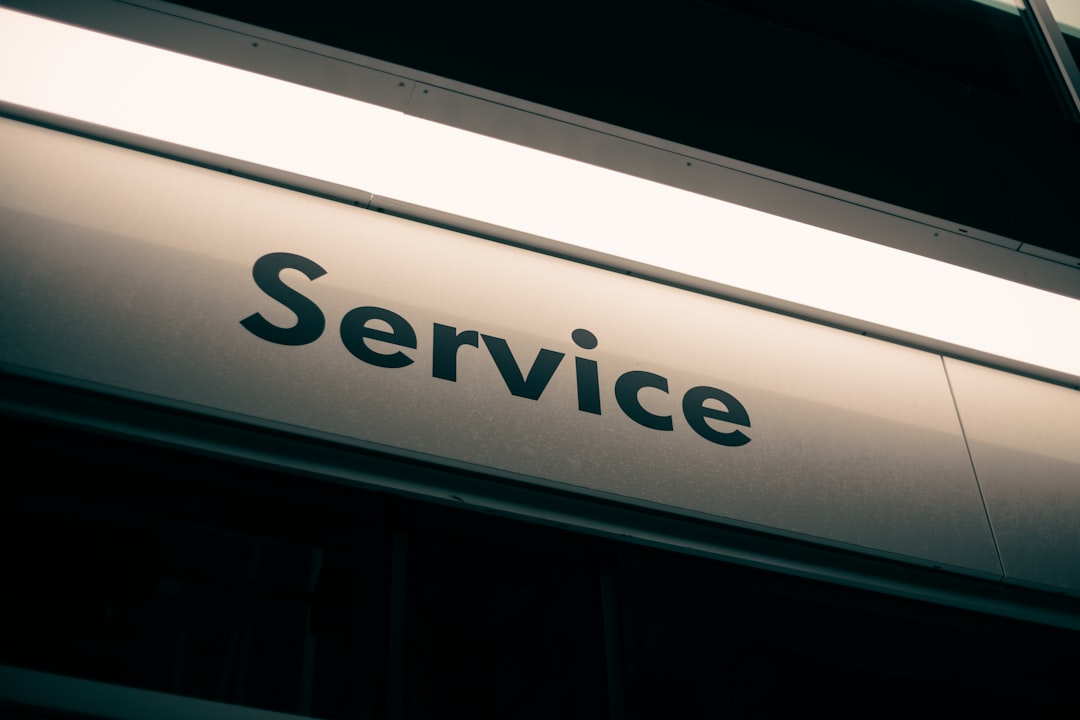
Aerialists are among the most breathtaking performers in the world of live entertainment. Suspended high above the ground on silks, hoops, ropes, or trapezes, they defy gravity with elegance, strength, and incredible skill. Often seen in circuses, stage productions, and international festivals, aerial artists combine athleticism, artistry, and drama in a way that captivates audiences of all ages. Behind every graceful spin and heart-stopping drop is a world of discipline, creativity, and passion.
Here are five key reasons why aerialists continue to inspire and amaze around the globe.
1. A Unique Blend of Art and Athleticism
Aerial performance is a powerful fusion of dance, acrobatics, and physical strength. Every routine is not just about movement?it’s about telling a story through the body while suspended in mid-air. Aerialists train for years to master techniques that require exceptional coordination, core strength, flexibility, and control. The physical demands are intense, but the end result is a fluid and expressive performance that appears effortless to the audience. This seamless integration of athletic ability and artistic vision sets aerialists apart from other performers.
2. Emotional and Visual Storytelling
Aerialists are storytellers in the sky. Each performance often conveys a mood, emotion, or narrative without using words. Whether it’s a romantic duet on the trapeze or a solo performance expressing struggle and triumph on aerial silks, the combination of music, movement, and lighting creates a deeply emotional experience. The height and danger add a layer of suspense, while the choreography invites the audience to connect on a personal level. Aerial artistry isn’t just entertainment?it’s a poetic expression of the human experience.
3. Daring Feats That Push Human Limits
Aerialists constantly test the limits of what the human body can achieve. From gravity-defying drops and inversions to complex wraps and transitions, their performances showcase an extraordinary level of bravery and precision. These acts are carefully rehearsed, with every movement calculated to ensure both safety and visual impact. Watching an aerialist perform daring stunts high above the stage taps into a universal sense of awe and admiration. It’s a reminder of the beauty of human capability when talent meets courage and discipline.
4. Cultural and Artistic Diversity
The aerial arts are celebrated in cultures all over the world, and the style and presentation of performances can vary widely. In Cirque du Soleil, for instance, aerialists often perform within surreal, theatrical worlds. In contemporary dance companies, aerial elements might be woven into grounded choreography. Some artists draw on traditional circus roots, while others fuse aerial work with modern or even digital art. This diversity makes the aerial arts a continually evolving field where innovation and cultural fusion thrive.
5. Empowerment Through Performance
Many aerialists speak of the personal empowerment they gain from training and performing. Mastering complex aerial skills builds confidence, discipline, and resilience. For some, aerial arts become a form of therapy or personal expression. The sense of flying?of overcoming fear and embracing vulnerability?is transformative not only for the performer but also for those watching. As more aerial studios and programs emerge worldwide, people of all backgrounds are discovering the physical and emotional rewards of this empowering art form.

 Brick Repair Experts: Restoring the Beauty and Integrity of Your Brickwork
Brick Repair Experts: Restoring the Beauty and Integrity of Your Brickwork

 Essential Reasons to Schedule Timely AC Repair
Essential Reasons to Schedule Timely AC Repair Tips to Consider When Selecting Construction Site Security Services
Tips to Consider When Selecting Construction Site Security Services